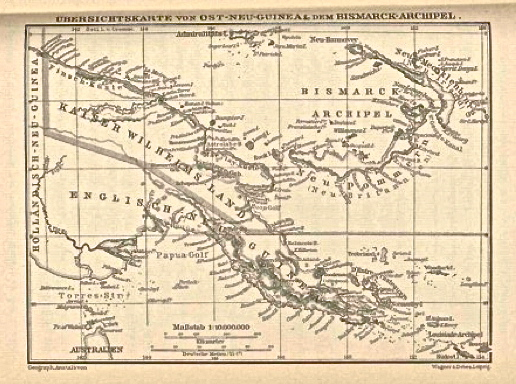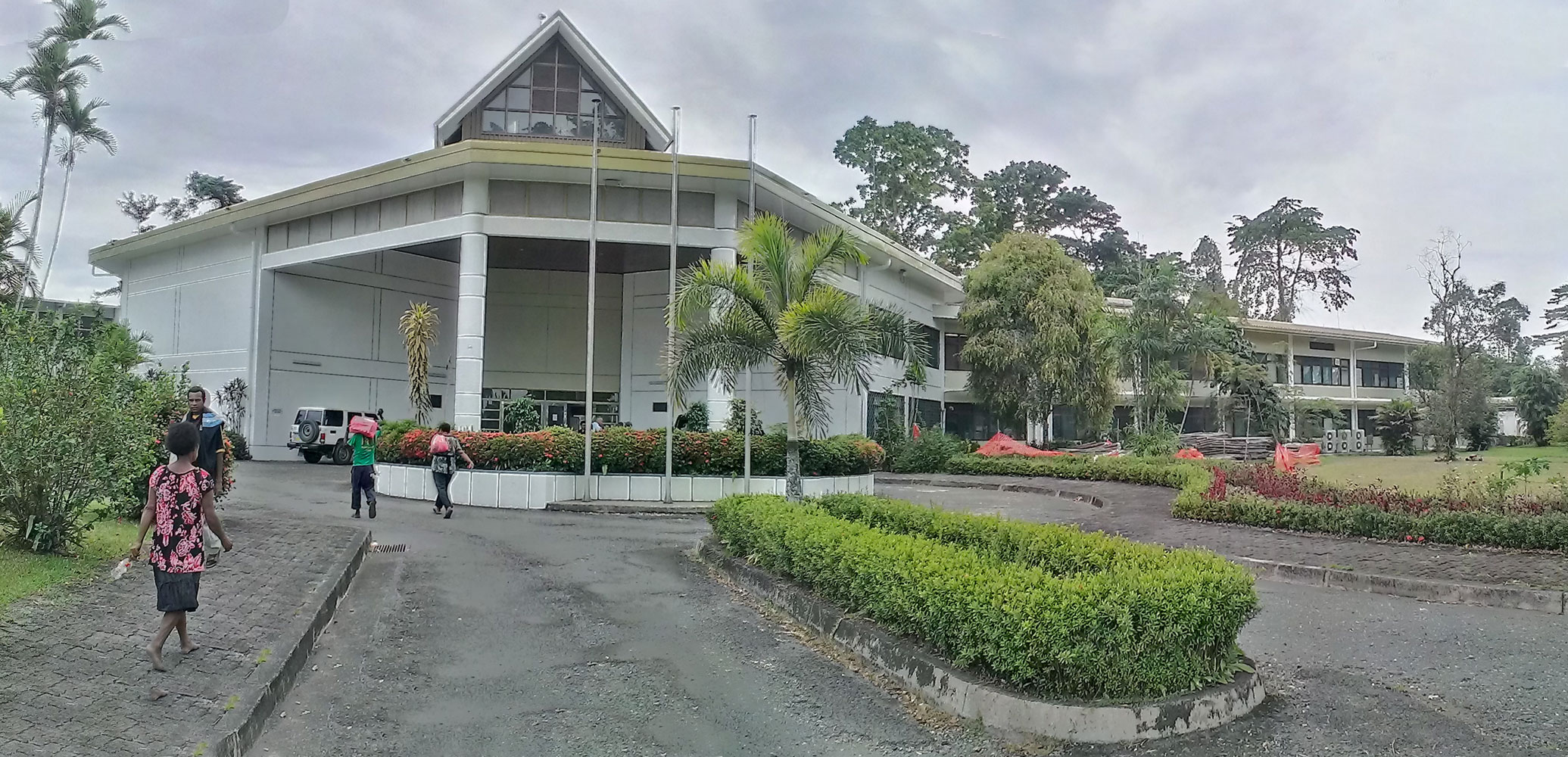|
Bumneng, Papua New Guinea
Bumneng is a suburb of Lae in the Morobe Province, Papua New Guinea. Location The location of Bumneng, according to the Lae telephone directory is west of Bumbu River, north of Botanical Gardens, east of Eriku and south of Omili. Within the suburb of Bumneng is the Admin Compound, Soccer Association, Lae Botanic Gardens and Lae Polytechnic College. Lae Polytechnic College Lae Polytechnic College is located on Milford Haven Rd at the junction of Bumbu Road Bumneng. Formerly Lae Technical School In the United States, a technical school is a type of two-year college that covers specialized fields such as business, finance, hospitality, tourism, construction, engineering, visual arts, information technology and community work. Associa ... it was established is in 1953 at Busu Secondary grounds and relocated to present site between 1954 and 1955. In 1965 the school was changed to a college. On December, 2009, the status changed again from college to a polytechnic instit ... [...More Info...] [...Related Items...] OR: [Wikipedia] [Google] [Baidu] |
Provinces Of Papua New Guinea
For administrative purposes, Papua New Guinea is divided into administrative divisions Administrative division, administrative unit,Article 3(1). country subdivision, administrative region, subnational entity, constituent state, as well as many similar terms, are generic names for geographical areas into which a particular, ind ... called provinces. There are 22 provincial-level divisions, which include #List of provinces, 20 provinces, the Autonomous Region of Bougainville, and the National Capital District (Papua New Guinea), National Capital District of Port Moresby. In 2009, the National Parliament of Papua New Guinea created two additional provinces, that officially came into being on 17 May 2012. [...More Info...] [...Related Items...] OR: [Wikipedia] [Google] [Baidu] |
Morobe Province
Morobe Province is a province on the northern coast of Papua New Guinea. The provincial capital and largest city is Lae. The province covers 33,705 km2, with a population of 674,810 (2011 census), and since the division of Southern Highlands Province in May 2012 it is the most populous province. It includes the Huon Peninsula, the Markham River, and delta, and coastal territories along the Huon Gulf. The province has nine administrative districts. At least 101 languages are spoken, including Kâte and Yabem language. English language, English and Tok Pisin are common languages in the urban areas, and in some areas pidgin forms of German are mixed with the native language. History Nomenclature The Morobe Province takes its name from former German administration center of ''Morobe'' southeast of the Lae. Under German administration, Morobe (meaning post) was named Adolfhafen for the German Deutsch Neuguinea-Kompagnie's Adolf von Hansemann and German word ''hafen'' (''heɪfən' ... [...More Info...] [...Related Items...] OR: [Wikipedia] [Google] [Baidu] |
Districts And LLGs Of Papua New Guinea
Papua New Guinea has 326 local-level governments (LLGs) comprising 6,112 wards as of 2018. ''Note'': LLG names with slashes (/) are listed with dashes (-) due to technical limitations on previous versions of the Wikipedia software. Administrative divisions At the highest level, Papua New Guinea is divided into four List of regions of Papua New Guinea, regions, namely the Highlands Region, Highlands, Islands Region, Islands, Momase Region, Momase, and Southern Region, Papua New Guinea, Southern regions. Below, Papua New Guinea has 22 Provinces of Papua New Guinea, province-level divisions: 20 integrated provinces, the autonomous province of Bougainville Province, North Solomons (Bougainville) and the National Capital District (Papua New Guinea), National Capital District. Each province has one or more Districts of Papua New Guinea, districts, and each district has one or more local-level government (LLG) areas. For census purposes, the LLG areas are subdivided into wards and tho ... [...More Info...] [...Related Items...] OR: [Wikipedia] [Google] [Baidu] |
Lae District
Lae District is a district of the Morobe Province of Papua New Guinea. Its capital is Lae Lae () is the capital of Morobe Province and is the second-largest city in Papua New Guinea. It is located near the delta of the Markham River and at the start of the Highlands Highway, which is the main land transport corridor between the Highl .... The population of the district was 148,934 at the 2011 census. at statoids.com References Districts of Papua New Guinea Morobe Province {{MorobeProvince-geo-stub ...[...More Info...] [...Related Items...] OR: [Wikipedia] [Google] [Baidu] |
Time In Australia
Australia uses three main time zones: Australian Western Standard Time (AWST; UTC+08:00), Australian Central Standard Time (ACST; UTC+09:30), and Australian Eastern Standard Time (AEST; UTC+10:00). Time is regulated by the individual state governments, some of which observe daylight saving time (DST). Australia's external territories observe different time zones. Standard time was introduced in the 1890s when all of the Australian colonies adopted it. Before the switch to standard time zones, each local city or town was free to determine its local time, called local mean time. Now, Western Australia uses Western Standard Time; South Australia and the Northern Territory use Central Standard Time; while New South Wales, Queensland, Tasmania, Victoria, Jervis Bay Territory, and the Australian Capital Territory use Eastern Standard Time. Daylight saving time (+1 hour) is used in jurisdictions in the south and south-east: South Australia, New South Wales, Victoria, Tasmania, Je ... [...More Info...] [...Related Items...] OR: [Wikipedia] [Google] [Baidu] |
Papua New Guinea
Papua New Guinea (abbreviated PNG; , ; tpi, Papua Niugini; ho, Papua Niu Gini), officially the Independent State of Papua New Guinea ( tpi, Independen Stet bilong Papua Niugini; ho, Independen Stet bilong Papua Niu Gini), is a country in Oceania that comprises the eastern half of the island of New Guinea and its offshore islands in Melanesia (a region of the southwestern Pacific Ocean north of Australia). Its capital, located along its southeastern coast, is Port Moresby. The country is the world's third largest island country, with an area of . At the national level, after being ruled by three external powers since 1884, including nearly 60 years of Australian administration starting during World War I, Papua New Guinea established its sovereignty in 1975. It became an independent Commonwealth realm in 1975 with Elizabeth II as its queen. It also became a member of the Commonwealth of Nations in its own right. There are 839 known languages of Papua New Guinea, one of ... [...More Info...] [...Related Items...] OR: [Wikipedia] [Google] [Baidu] |
Omili, Papua New Guinea
Omili is a suburb of Lae in the Morobe Province, Papua New Guinea. Location Omili is located 4 km North of Lae on Butibam, Butibum Road near the Bumbu River. Population In 1963 it was estimated that 10% of Lae's population lived in "shanty-town settlements. In the 1980 census it was estimated that the Omili settlement has expanded rapidly from 30 people in 1964 to 1786 in 1983. Both Omili and Taraka settlements have shown evidence of growing well above the average rate of Lae. Industry In 1975, Theis Hogsberg constructed the Omili Supermarket in Ngalung Street to sell the milk and ice-cream requirements of Lae and the highlands. In 1977 Omili was home to a well publicized industrial relations faction including the ''Haled Lae Miscellaneous Workers Union''. The union included services such as pre-school education, film nights, housing assistance, a union taxi service and health clinic. During this period 5000 people marched in protest from Omili to the provincial offic ... [...More Info...] [...Related Items...] OR: [Wikipedia] [Google] [Baidu] |
Lae Botanic Gardens
The Lae Botanic Gardens are located in Bumneng, Eriku and Lae City in the Morobe Province, Papua New Guinea. Within this location is the Papua New Guinea Forest Research Unit, the Papua New Guinea National Herbarium and the Lae War Cemetery. Description The Lae Botanic Gardens occupies 38 hectares. The garden mostly consists of natural lowland rain forest with creeks running through. It also contains greenhouses for special Orchidaceae and Araceae collections. The gardens are administered by the Papua New Guinea Forest Research Institute and have approximately 1500 - 2000 plant species. The landscape is dominated my many large buttressed trees which are densely covered by Epiphytes and climbers. Papua New Guinea Forest Research Institute The Forest Research Institute is located on Huon Road in the grounds of the Botanical Gardens. The building was donated by the Government of Japan as a symbol of friendship and cooperation in 1989 .The Forest Research Institute is ... [...More Info...] [...Related Items...] OR: [Wikipedia] [Google] [Baidu] |
Institute Of Technology
An institute of technology (also referred to as: technological university, technical university, university of technology, technological educational institute, technical college, polytechnic university or just polytechnic) is an institution of tertiary education (such as a university or college) that specializes in engineering, technology, applied science, and natural sciences. Institutes of technology versus polytechnics The institutes of technology and polytechnics have been in existence since at least the 18th century, but became popular after World War II with the expansion of engineering and applied science education, associated with the new needs created by industrialization. The world's first institution of technology, the Berg-Schola (today its legal successor is the University of Miskolc), was founded by the Court Chamber of Vienna in Selmecbánya, Kingdom of Hungary (now Banská Štiavnica, Slovakia), in 1735 in order to train specialists of precious metal and copper ... [...More Info...] [...Related Items...] OR: [Wikipedia] [Google] [Baidu] |





